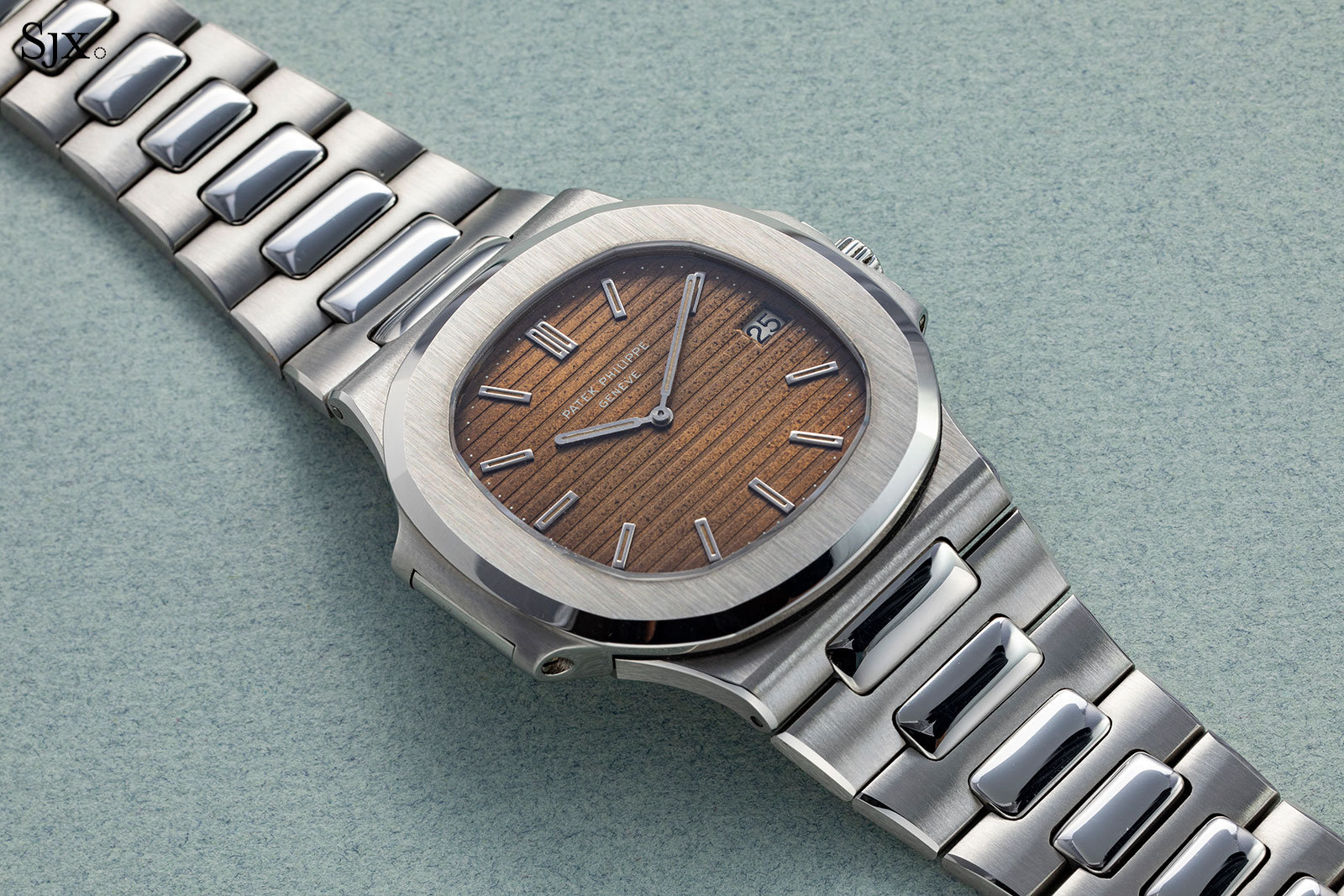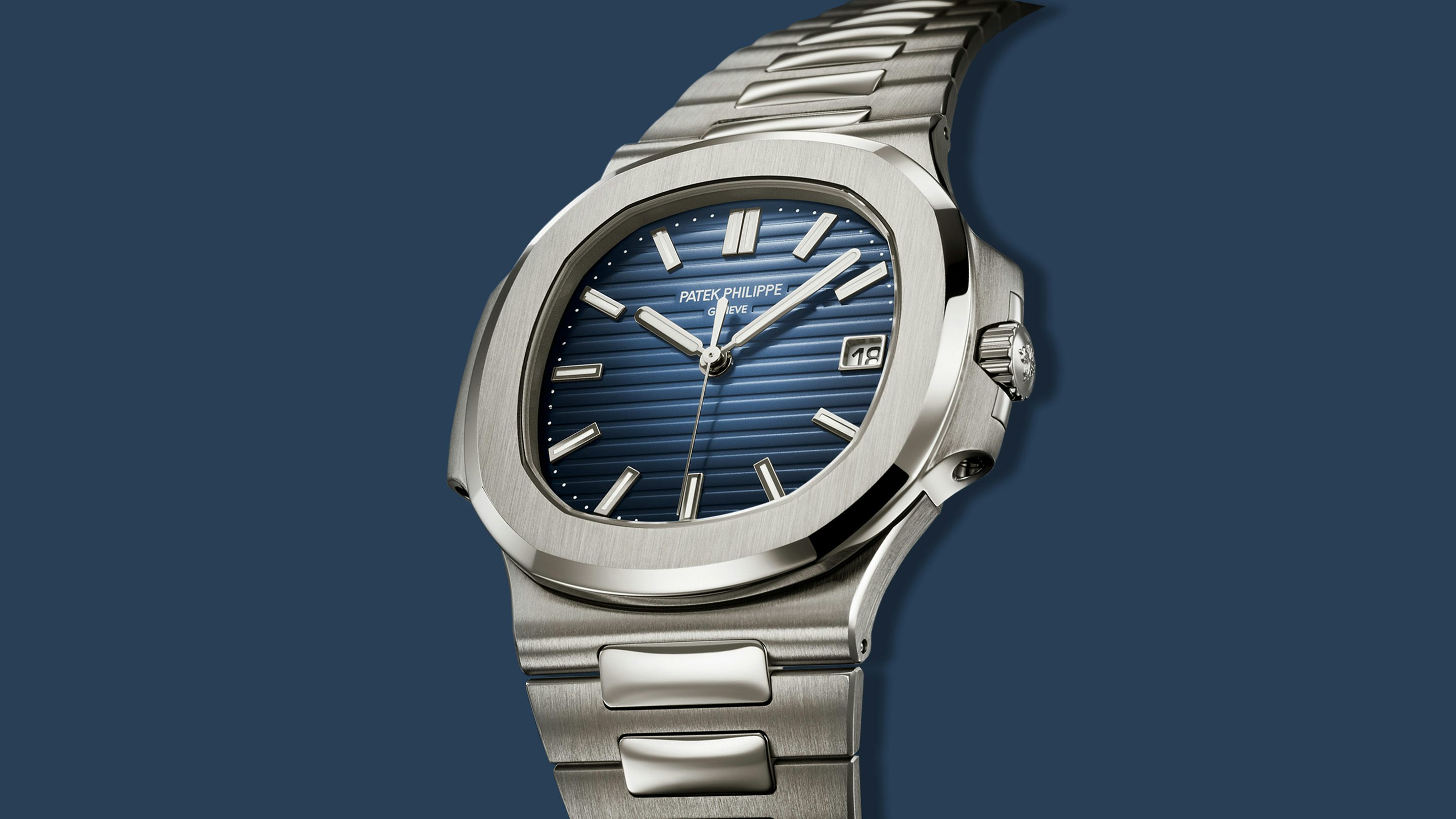The History of the Patek Philippe Nautilus: From 1976 to Today
Introduction
The Patek Philippe Nautilus, a name that resonates with luxury, precision, and timeless elegance, has been a cornerstone of the Swiss watchmaking industry since its inception in 1976. This iconic timepiece, with its distinctive porthole design and integrated bracelet, has evolved over the years, reflecting the changing trends and technological advancements in horology. This article delves into the rich history of the Nautilus, tracing its journey from its creation to the present day.

The Birth of the Nautilus (1976)
The Nautilus was born in an era when the Swiss watchmaking industry was grappling with the Quartz Crisis. The advent of inexpensive, battery-powered quartz watches from Japan threatened the traditional mechanical watch industry. Patek Philippe, a brand steeped in tradition, responded by venturing into a new territory - luxury sports watches.
The Nautilus was designed by Gérald Genta, the legendary watch designer who also created the Audemars Piguet Royal Oak. Inspired by the porthole of a transatlantic liner, the Nautilus featured an octagonal bezel, a wide case (42mm, considered oversized at the time), and an integrated bracelet. Its water resistance up to 120 meters was a nod to its nautical inspiration.
The First Model: Ref. 3700 (1976-1990)
The first Nautilus, Ref. 3700, was made of stainless steel, a bold move for a luxury watch at the time. It was powered by the ultra-thin Caliber 28-255 C, based on Jaeger-LeCoultre’s Caliber 920. The dial was a dark blue-black, adorned with horizontal embossed bars and a simple date window. The minimalist design, combined with the robustness of a sports watch, made the Nautilus Ref. 3700 an instant classic.

The Evolution: Ref. 3800 and Beyond (1981-Present)
In 1981, Patek Philippe introduced the Nautilus Ref. 3800, a slightly smaller version (37.5mm) of the original. This model also introduced new variations, including gold and two-tone versions, and a choice of different dial colors.
The Nautilus line expanded in the 1990s and 2000s, with the introduction of models with new complications. The Ref. 0 (1998) featured a power reserve indicator, and the Ref. 3712 (2005) added a moon phase and power reserve indicator. In 2006, the Nautilus line was revamped for its 30th anniversary, with the introduction of the Ref. 5711, the successor to the original Ref. 3700.

The Nautilus Today
Today, the Nautilus line includes a wide range of models, from the simple three-hand Ref. 5711 to models with complications like annual calendars, moon phases, and chronographs. The Nautilus has also embraced precious metals like rose gold and white gold, and even gem-set versions.
Despite these changes, the core elements of the Nautilus remain the same - the porthole-inspired design, the integrated bracelet, and the blend of sportiness and elegance. The Nautilus continues to be a symbol of Patek Philippe's commitment to precision, craftsmanship, and timeless design.

In-Depth Analysis
Patek Philippe's Nautilus is a shining example of the brand's innovative spirit and adaptability. The decision to venture into the luxury sports watch market was a bold one, but it off. The Nautilus, with its distinctive design, precision, and Patek Philippe's reputation for craftsmanship, quickly became a hit. Its evolution over the years has mirrored the changing trends in the watch industry, with the introduction of new complications and variations keeping it at the forefront of desirability.
Despite the numerous changes and additions, the Nautilus has remained true to its original design ethos. Its porthole-inspired design, integrated bracelet, and the perfect blend of sportiness and elegance have become iconic elements, making it instantly recognizable. As Patek Philippe continues to push the boundaries of watchmaking with constant innovation, the future of the Nautilus looks promising. Regardless of the changes that may come, the Nautilus will always stand as a symbol of Patek Philippe's unwavering commitment to precision, craftsmanship, and timeless design.
Conclusion
The Patek Philippe Nautilus, from its inception in 1976, has stood the test of time, evolving and adapting, yet remaining true to its original design ethos. It is a testament to Patek Philippe's ability to blend tradition with innovation, creating timepieces that are not just instruments of timekeeping, but works of art that reflect the spirit of their era. As we look forward to the future of the Nautilus, one thing is certain - it will continue to captivate watch enthusiasts with its enduring elegance and precision.